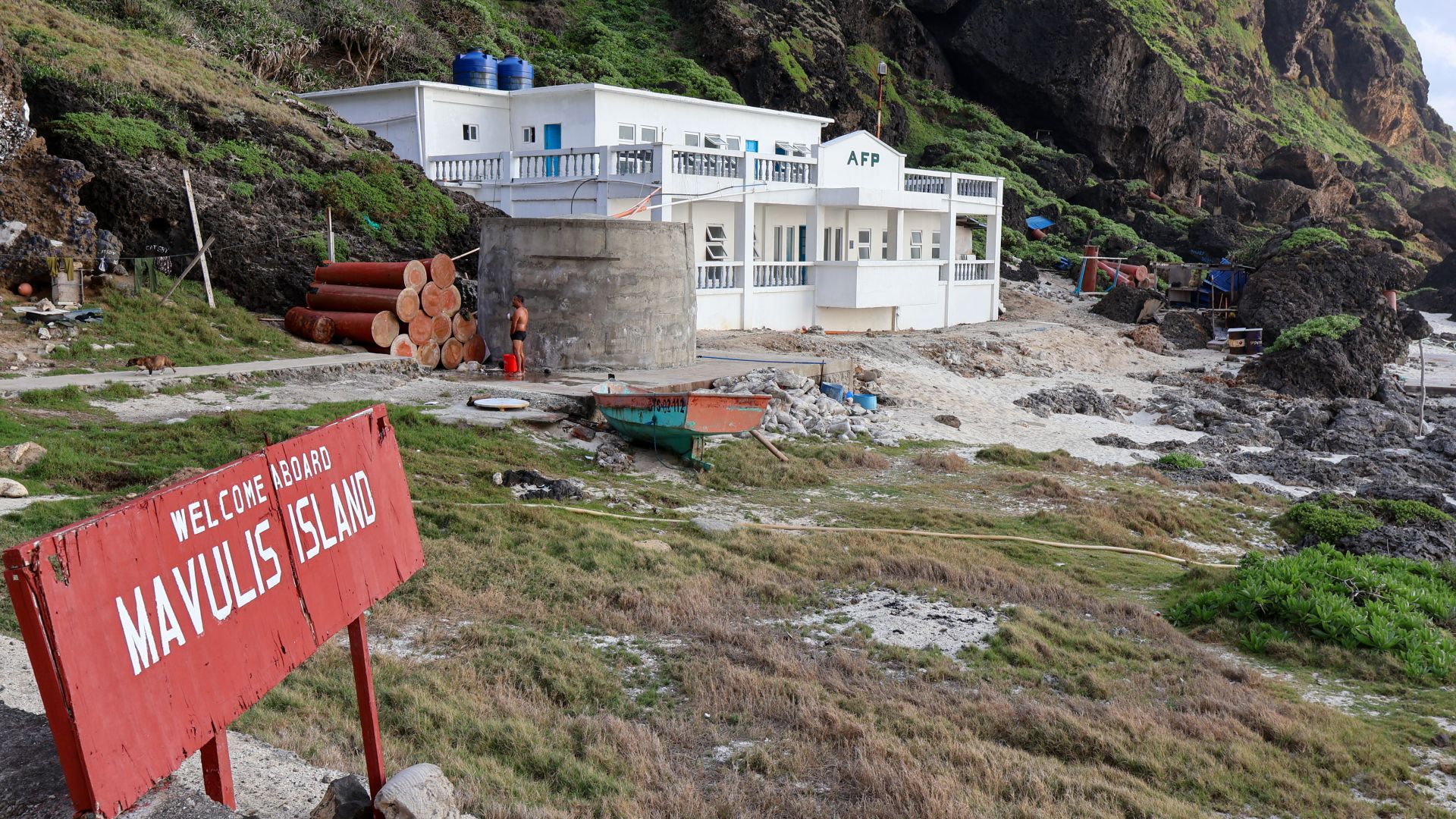Philippines beefs up northernmost defences amid China tensions
Batanes could find itself on the doorstep of war should the South China Sea dispute escalate or China invade Taiwan.
This is the first in a two-part series from the Philippines's most northerly province.
Mavulis Island, Philippines – The military detachment on the Philippines’s northernmost island faces northwest, towards the setting sun – and the country’s biggest potential adversary.
The island of Mavulis was uninhabited until 2016, when the Philippine military planted a flagpole at its highest point and started building a fisherman’s shelter.
Now, about 15 soldiers are deployed in rotation on the rocky outpost, amid increasing tension with Beijing over the disputed South China Sea and Beijing’s growing assertiveness towards Taiwan - which lies just 142km (88 miles) away and whose lights flicker in the distance during the night.
In February, Philippine Defence Secretary Gilberto Teodoro visited Mavulis and pledged further improvements to military positions in Batanes, the province that includes the island, which he called the “spearhead of the Philippines”.
With the Philippines's lightly-funded military reliant on only basic equipment and technology to fortify the island, the United States is providing crucial assistance.
Its military will begin constructing a new warehouse, a military outpost and port improvements this month on the islands of Batan and Itbayat, according to several sources.
The two countries will also hold joint military exercises on Batan and, for the first time, on Itbayat, the country’s northernmost municipality, as part of the annual Balikatan drills, which get under way on April 22.
The Philippines has turned towards its longstanding military alliance with the US after multiple confrontations with China in the waters of the South China Sea.
Manila and Washington have a mutual defence treaty and the US is concerned not only about the South China Sea, a major international trading route, but also Taiwan, which is claimed by Beijing.
“We need to upgrade our defence posture,” Rodrigo Lutao, public information officer for the army’s Northern Luzon Command, which also covers Batanes, told Al Jazeera.
“We’ve realised the islands of Batanes, especially Mavulis, are strategic areas where we can place our forces and defence materials.”
